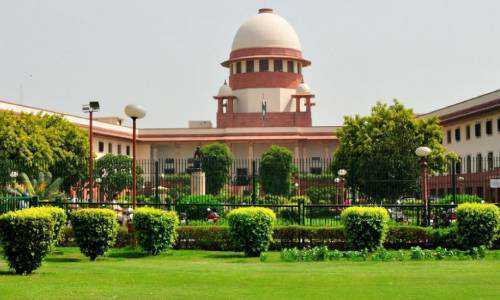
The Hon’ble Supreme Court of India in the matter of has held that a financial creditor’s application under Section 7 of the Insolvency and Bankruptcy Code,2016 (“Code”) is an independent proceeding which must be decided in accordance with the provisions of the Code notwithstanding the winding up petitions filed against the same corporate debtor under the provisions of Companies Act, 1956. The case arose from an operational creditor’s appeal to continue with a winding up petition filed by such an operational creditor in the year 2014.
In the instant case titled Forech India Ltd. v. Edelweiss Asset Reconstruction Co. Ltd. the issue that was raised before the Supreme Court was:
Whether a financial creditor’s application under section 7 of the Code would be maintainable in the face of the pendency of a winding up petition before the High Court?
Whether the application for CIRP under the code an Independent Proceeding as against Winding Up under Section 433 of the Companies Act, 2013?
With regard to the first issue, The Supreme Court held that one of the Code's key goals is to provide life to a corporate debtor who is struggling to repay its obligation. The entire liquidation process begins only when the CIRP fails to be completed in accordance with the Code's regulations. It's worth noting that the legislative scheme of section 434 of the Companies Act, 2013 was replaced in 2018 to make it in accordance with the Code's goal. As a result, a provision to Section 434 of the Companies Act was added to ease the transfer of winding up petitions pending before the High Courts to the NCLT at the post-notice stage.
The Supreme Court for the second issue held that the transitional provision could not affect a person's IBC remedies against a company against which a winding up petition is filed and retained in the High Court, because that would be treating IBC as if it didn't exist on the statute book and depriving people of the benefits of the new legislation. After the modification, Section 434 of the Companies Act, 2013 contained a proviso that states that any person can apply to the NCLT for a winding up petition if notice has already been issued. Following such an application, the petitions would be transferred from the High Court to the NCLT and processed as an insolvency petition under the Insolvency Act.
The court categorically held that:
“ It is clear that Respondent No. 3 has filed a section 7 application under the Code on which an order has been passed admitting such application by the NCLT on 13.04.2018. This proceeding is an independent proceeding which has nothing to do with the transfer of pending winding up proceedings before the High Court. It was open for Respondent No. 3 at any time before a winding up order is passed to apply under Section 7 of the Code.”
The Court, therefore, held that the CIRP under the Code can continue independent of any pending winding up process against the corporate debtor pending in the High Court under the Companies Act.

